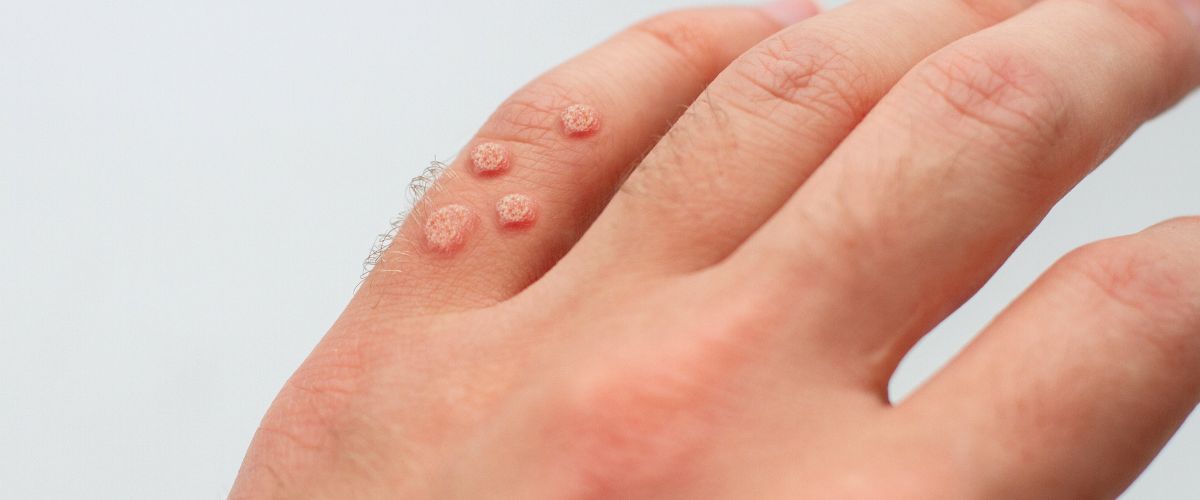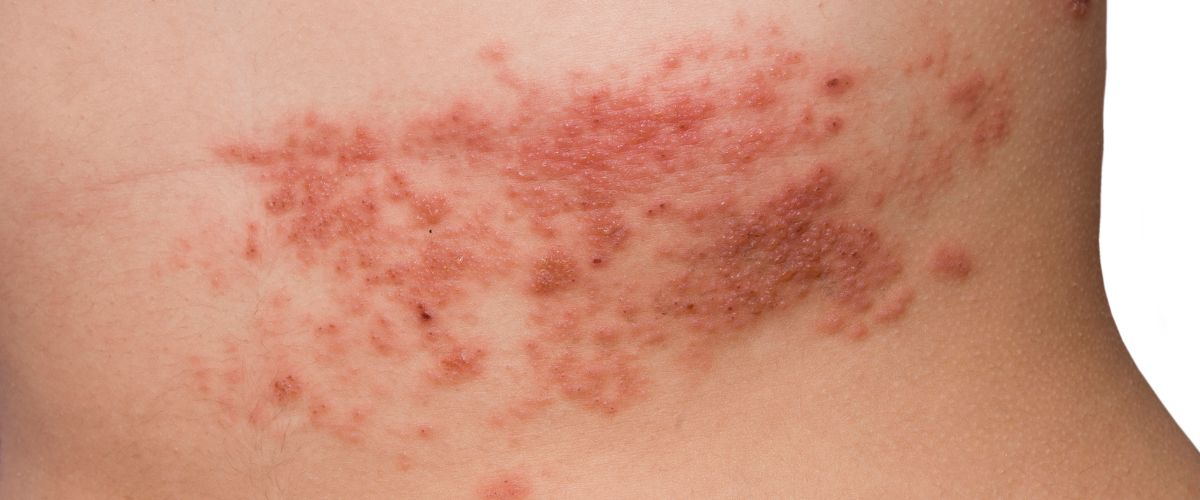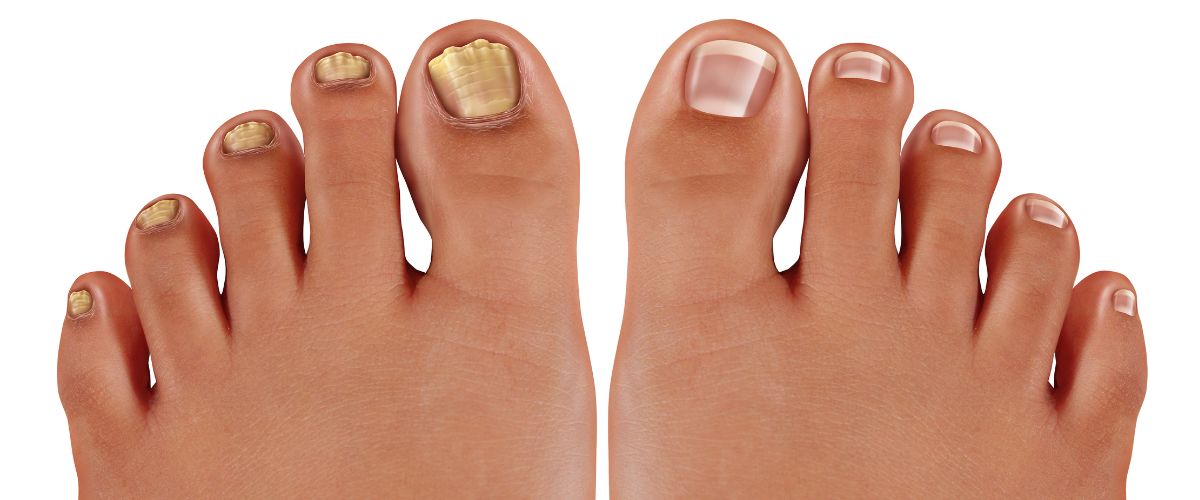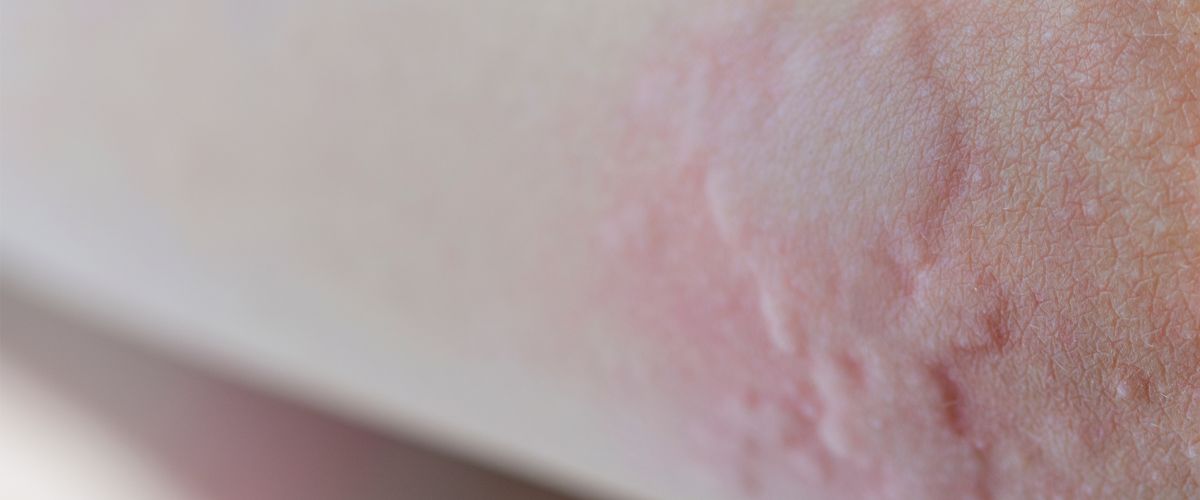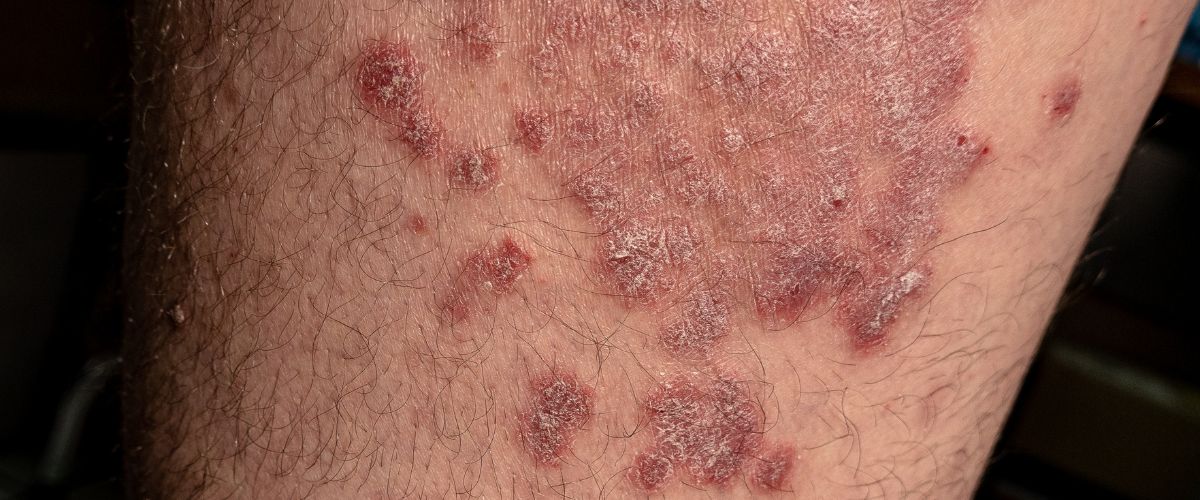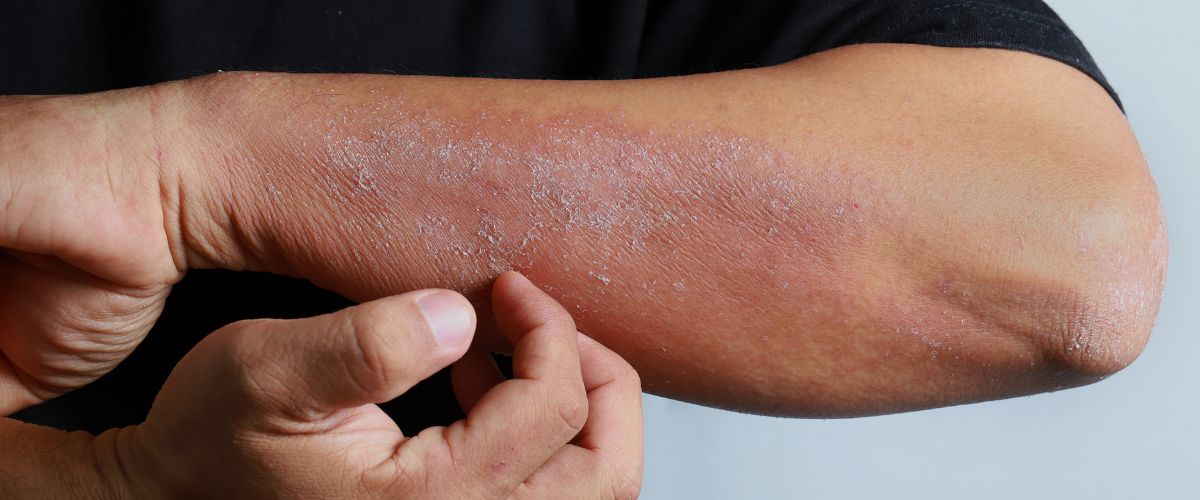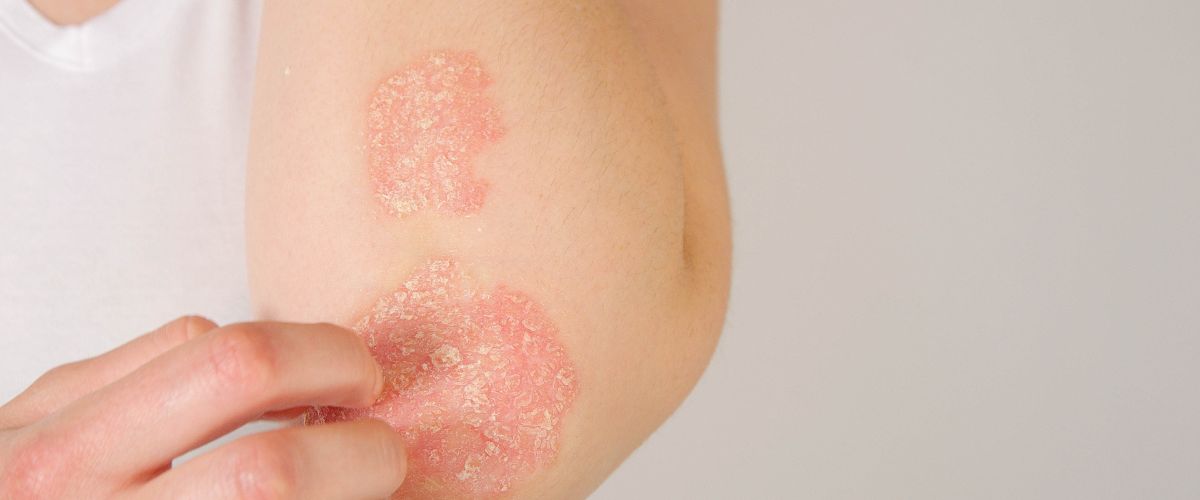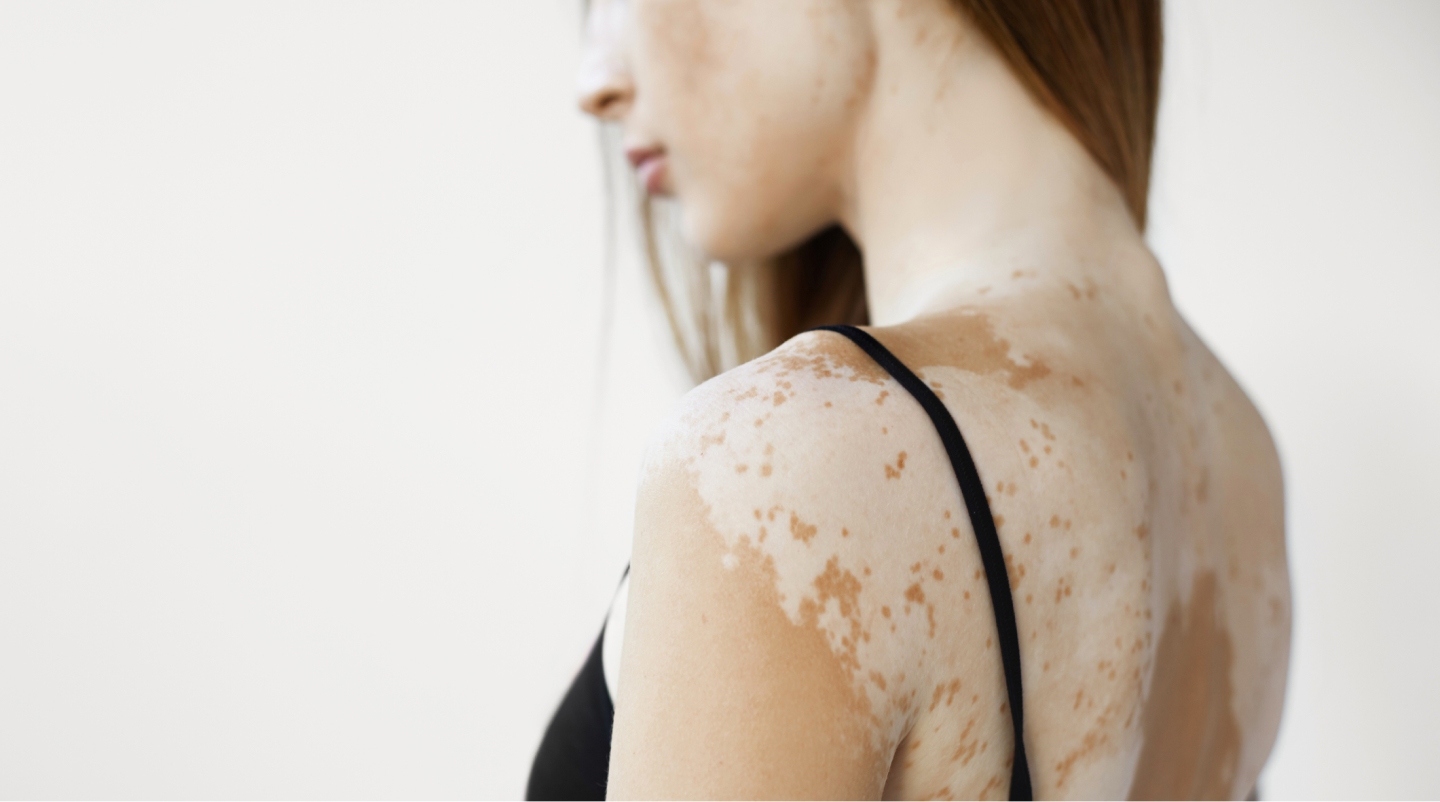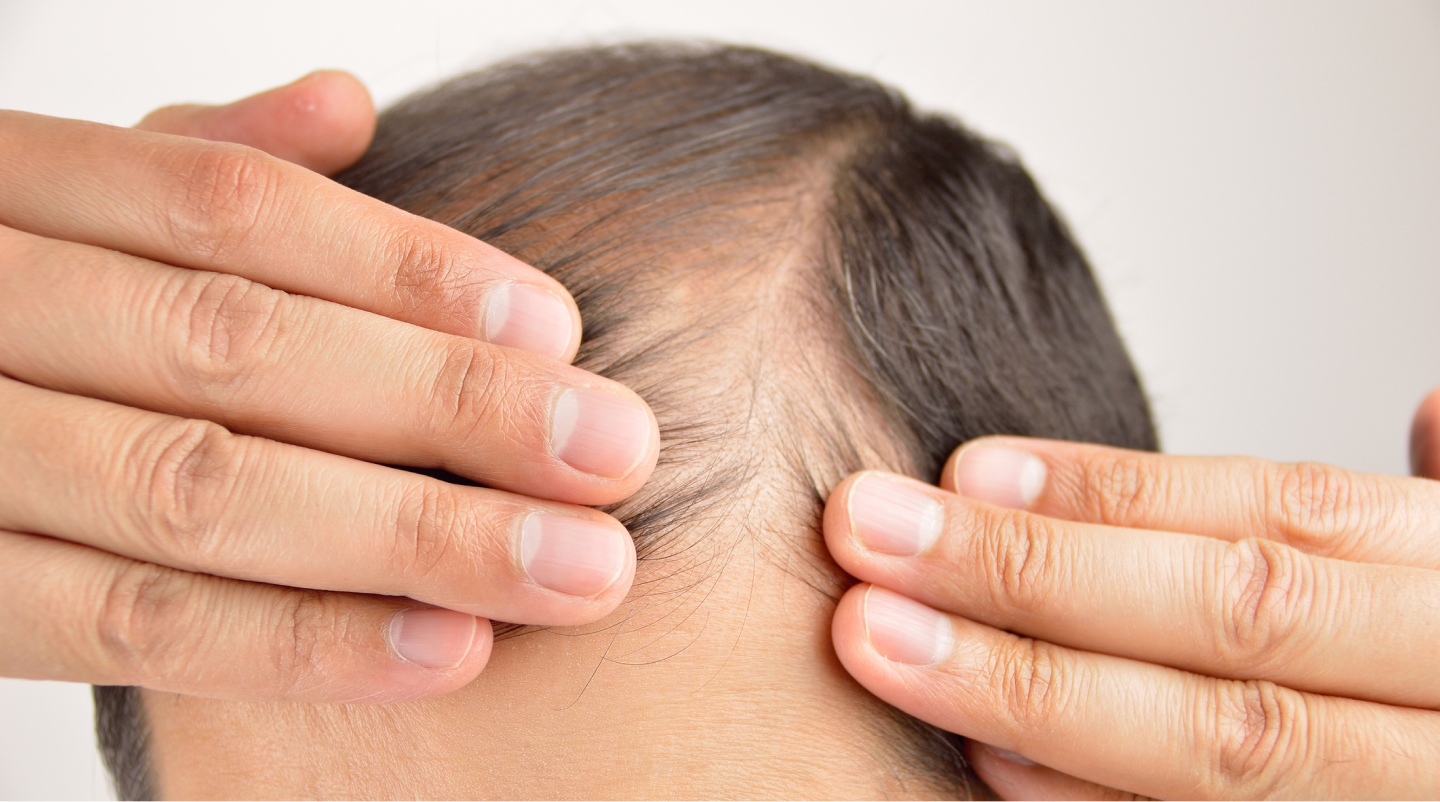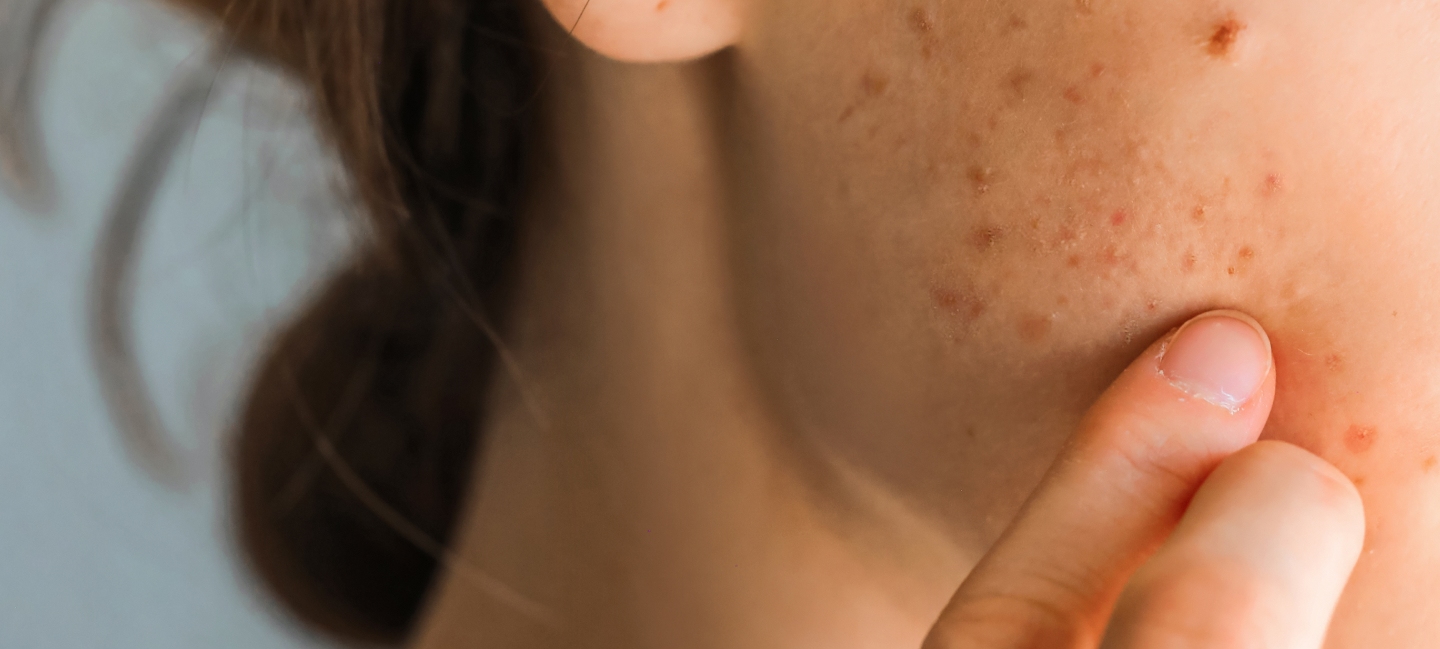Nodules and genital warts are essentially skin overgrowths caused by the human papillomavirus (HPV). This virus is highly prevalent in humans and can only replicate within our cells. The reason it is so widespread is that it usually does not cause harm to us, the hosts. An exception, of course, is cervical cancer, which is a squamous cell carcinoma that appears in the mucosa. In this case, exposure to specific HPV strains leads to the multiplication and mutation of our cell's genetic material. This mutation causes carcinogenesis and uncontrolled proliferation. For this reason, regular Pap tests in women are crucial.
Less commonly, certain HPV strains can lead to carcinogenesis in other areas of the genital region, in both women and men, depending on certain types of nodules, such as giant nodules. However, the overwhelming majority of nodules do not cause carcinogenesis, and the same applies to very common genital warts, which are a simple but sometimes annoying, aesthetic problem.
What are nodules and what do they usually look like?
Nodules are viral lesions that appear in the genital area. The virus that causes them is HPV (human papillomavirus). The HPV family has over 100 subtypes, so there are various clinical presentations of nodules. Other HPV subtypes cause common warts on fingers, soles, and the face, while genital warts, which appear as cauliflower-like growths on the neck, are usually caused by different virus subtypes.
Essentially, the virus infects the skin cells high up in the epidermis and causes an increase in their proliferation, usually leading to small skin protrusions.
However, it is worth noting that there are also flat nodules that are not always visible to the naked eye. In these subclinical forms, the application of a special solution to the area is needed to reveal them. Moreover, it is considered that the subtypes that lead to this clinical-subclinical presentation are more frequently involved in cervical cancer development in women, making correct diagnosis and treatment of these nodules very important.
Some lesions concern some patients but ultimately prove not to be nodules. Such cases include angiokeratomas, which are vascular lesions, ectopic sebaceous glands, which are a variation of the normal anatomy of the penis glans, and some newly appearing moles (nevi).
Who does the nodules virus affect?
The nodules virus is very widespread, and essentially anyone sexually active has come into contact with this virus. Whether or not nodules will appear depends on whether there were micro-injuries in the area facilitating the entry of the virus, the susceptibility to the virus, and the condition of one's immune system.
It is important to note that we do not exclusively contract this virus through sexual contact. Also, because the incubation period can be more than 7-8 months from exposure to the virus (and essentially there is a question mark regarding the incubation period), when someone has nodules, their partner should also be checked, but this cannot be considered evidence of infidelity, etc.
In particular, it should be mentioned that certain HPV subtypes are involved in cervical cancer in women, as well as in genital skin cancers in both genders. There are two vaccines available that address with some success the most common viruses involved in cervical cancer. However, this does not mean that they provide complete protection against all potential carcinogenic viruses, which is why consistency in Pap tests in sexually active women is considered necessary. In some cases, we can provide a sample for molecular identification of the HPV strain, but usually, this is not necessary.
Nodules - Treatment
Any treatments (pharmacological and interventional) aiming to eliminate nodules, unfortunately, always leave the virus behind, which is simply later 'controlled' by our immune system. For this reason, relapses in the treatment of nodules have been reported, and it is crucial to undergo comprehensive treatment taking into account the individual's health and lifestyle. The reported frequency of relapses is 30%, and it is characteristic that smokers are five times more likely to experience nodule relapse. This happens because smoking is particularly harmful to our immune system. Increased likelihood of relapses is also observed in individuals taking medications that suppress the immune system, such as cortisone. Naturally, individuals with HIV who have reduced immune cells due to the virus have increased chances of occurrence and relapse. Additionally, lifestyle and diet are important factors to consider.
In our clinic, pre-treatment is usually performed, followed by interventional treatment with laser or radiofrequency (RF), essentially destroying the visible lesions in one session, followed by post-treatment care. We avoid cryotherapy because the methods we use are much more selective in what they destroy, thus leaving no scars and requiring no additional sessions. This, coupled with the patient's compliance with the treatment, leads to a significant reduction and almost elimination of relapses. However, knowledge and experience have shown that the most significant action a patient can take to prevent relapses is to quit smoking.
Warts
Warts are small, usually benign growths that develop on the skin, often in areas of friction such as the neck and armpits. Essentially, one of the HPV subtypes enters our cells and replicates, leading to multiplication and the creation of dermal protrusions. Warts are primarily an aesthetic issue. Rarely, they can twist on themselves, leading to necrosis and possible infection.
Warts are not transmitted from person to person by contact. However, they may have a certain autoinoculation within the same individual, as they are more commonly observed in areas of friction, such as the armpit and neck, especially in individuals wearing hanging accessories.
It is worth noting that individuals with endocrine disorders such as thyroid disorders tend to develop warts more frequently and in larger numbers, possibly due to the impact on the immune system. For this reason, a large number of warts and their sudden appearance prompt us to check the thyroid gland. They also appear more frequently and in greater numbers in overweight and obese individuals.
Wart Treatment
The treatment of warts involves their destruction either mechanically by removal or with laser or RF. For larger ones, after antisepsis, we apply local anesthesia to make the procedure completely painless. We usually avoid treatment in the summer as heat and sweat can irritate the area. In cases where there are many warts on one person, a second session may be necessary. Since they are superficial epidermal lesions, their treatment does not leave scars, perhaps only a temporary discoloration in large lesions, especially in individuals with intense melanin.
It should be emphasized that their treatment does not prevent the appearance of new warts after years, but treating and reducing their number may reduce their rate of multiplication, possibly due to a reduction in viral load and autoinoculation from friction.









